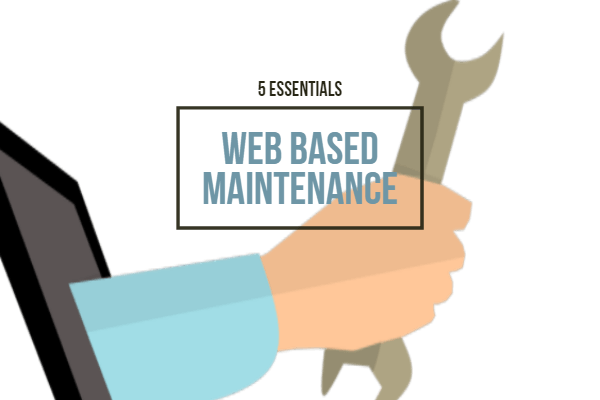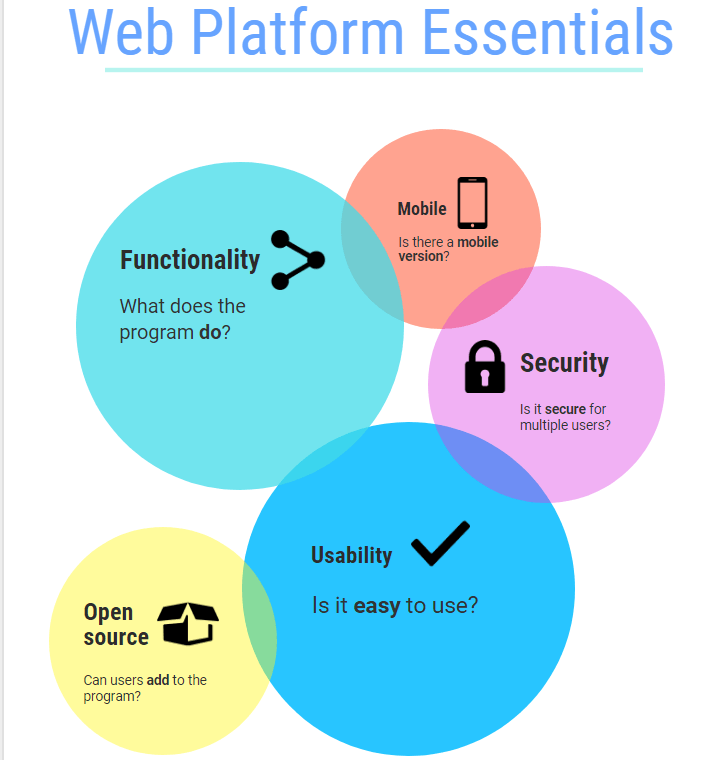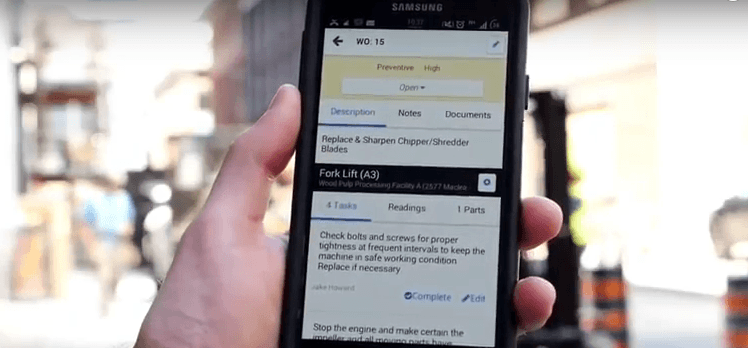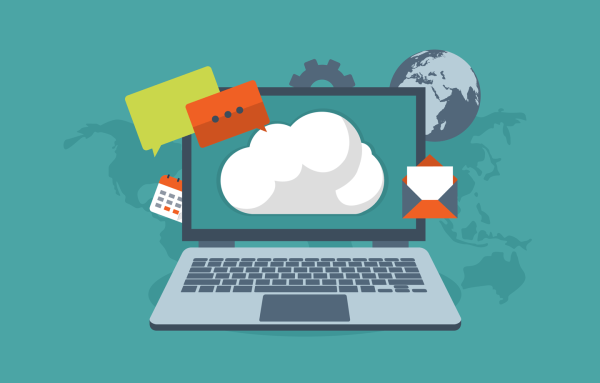
Here are two facts about web based fleet maintenance management programs.
First fact: maintenance programs are changing the world of fleet management. A large percentage of fleets use maintenance software because it saves time and protects assets. In a previous blog, we discussed how this software helps every single business department.
Second fact: there are a lot of web based fleet maintenance management programs. In fact, there are so many programs that people struggle to find their favourite.
In this blog, we will go over 5 essentials in web based fleet maintenance management programs.

Functionality
“Content is King” is a commonly used marketing phrase. It reminds marketers that making things look nice is never a substitute for making good content.
In the same way, functionality is king for maintenance programs. Even the best looking interface is useless if it doesn’t have enough functions.
In our experience, some of the most important functions in a maintenance program include:
- Task management. One of the biggest reasons why people use maintenance programs is to get away from manual planning. Maintenance programs allow users to create and monitor tasks.
- Preventative maintenance. Another important function is preventative maintenance. Many fleets find value in collecting fault code data and creating mechanic checkups.
- Tire pressure. Tire pressure deserves its own category! Sometimes, tire health gets overlooked when compared to engine and braking issues. However, many fleets realize that tire expenses are one of the fleet’s biggest costs and need to be controlled.
Usability
After functionality, usability is the next important item. Web based fleet maintenance management programs can be complex, but they shouldn’t be unusable! “Our system does a lot, no question,” commented a user. “But gosh, it was frustrating to use and hard to learn.”
What does it mean to have a “usable” program? There are 5 key traits of a usable program.
- Learnability is how long it takes for someone to learn the program. A learnable program is one where a new user can quickly learn the program and start managing maintenance tasks immediately.
- Efficiency describes how long it takes for someone to use the program. In other words, an efficient program is one where users only have to click a few times to get where they want to go
- Memorability means if users can easily remember how to use the program. For example, a memorable program might have icons that make it easy for a user to recreate the same maintenance report as they did a month ago.
- Errors include user mistakes and program faults. It also describes if it’s easy to recover from an error. For example, a program is not very useful if users experience a crash every time they click into their maintenance logbooks.
- Satisfaction is the overall experience of the program. Do users enjoy how the program looks?
Phone App
Another essential is having a compatible phone app. Vehicle maintenance is supposed to be an active job! Many employees are working on a truck rather than behind a desk. Therefore, people need a way to work on-the-go.
Here’s an example of how phone apps improve the maintenance process. Consider driver inspections, where there are at least 2 touch points.
Firstly, drivers conduct an inspection of their vehicle. It’s valuable for drivers to have an app to tick off their checklist and save their data.
Secondly, after drivers complete their inspections, the forms are processed digitally. What if a driver requests a mechanic to follow up on their inspection? It would then be valuable for a mechanic to follow the task and enter notes on their phone.

User & Security
Sometimes, web based fleet maintenance management programs have multiple company users. In that case, it is essential to control who gets to do what on the program.
Why? Well, some users should have less permission than others. For example, only managers should be able to edit tasks. Otherwise, in theory, a technician can reassign their task to a coworker that they dislike!
As a result, most maintenance programs have an administrator account. Administrators can create new users and set their permissions.
Open Source Platforms
Lastly, advanced users might consider open source platforms as an essential. What is an open source platform?
Open source platforms allow users to code the program. As a result, users can create their own functions or even integrate the program with other software.
For example, let’s say a fleet wants to create a smooth part purchasing process. They can integrate their maintenance program with their accounting program, provided that the maintenance program is open sourced. After the integration, the accounting program can automatically record transactions by taking data from the maintenance program.


